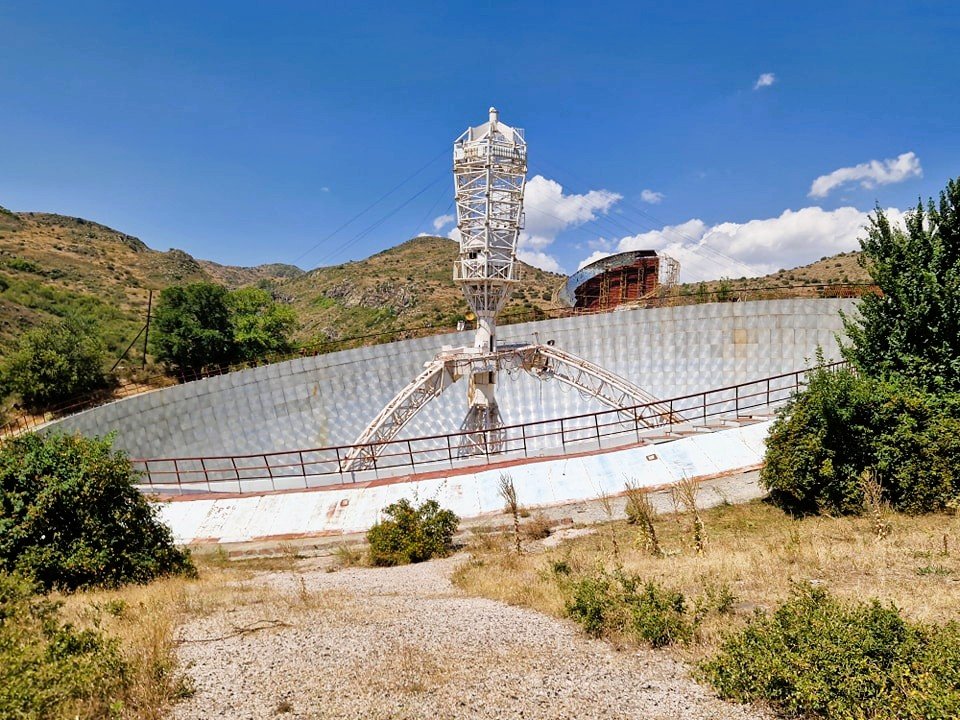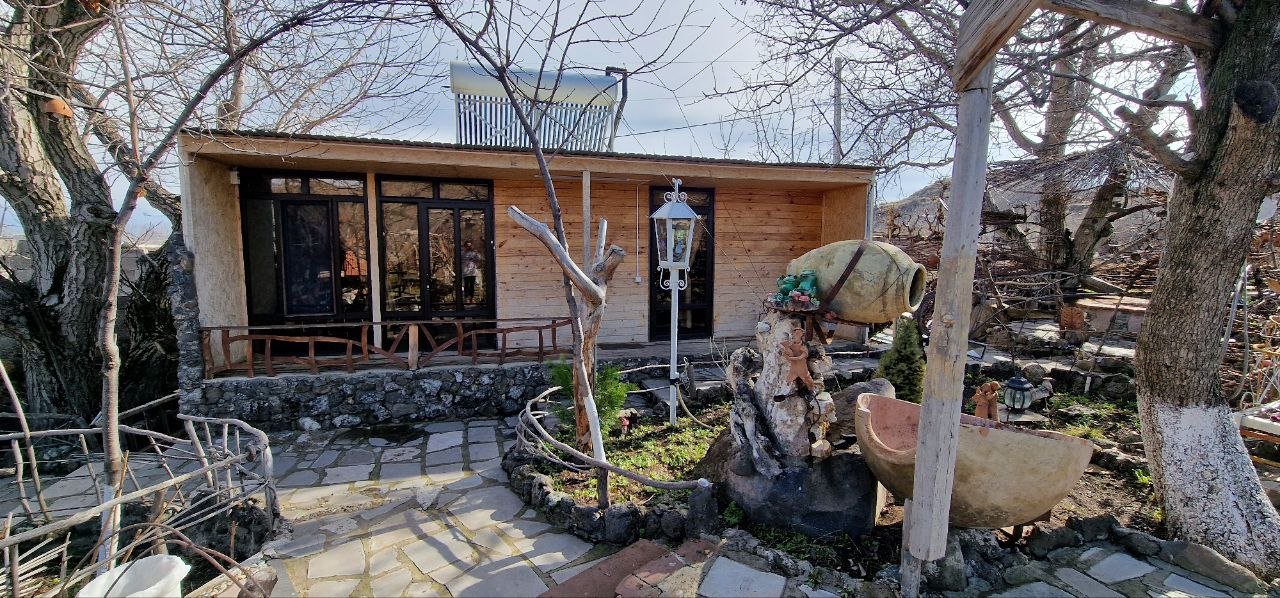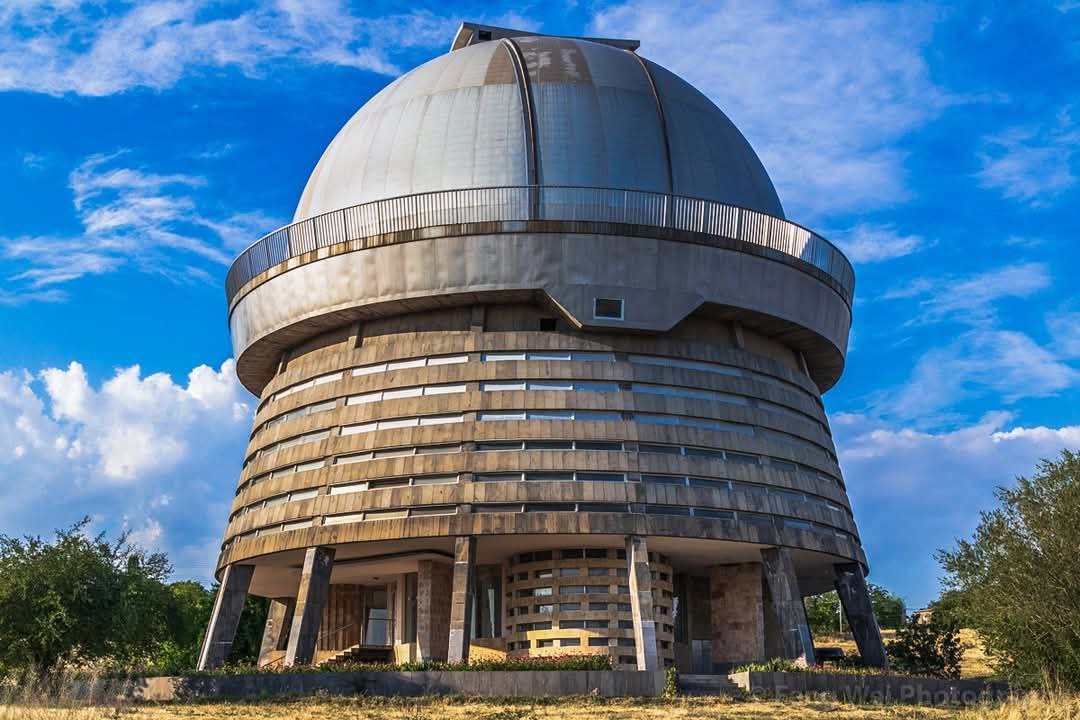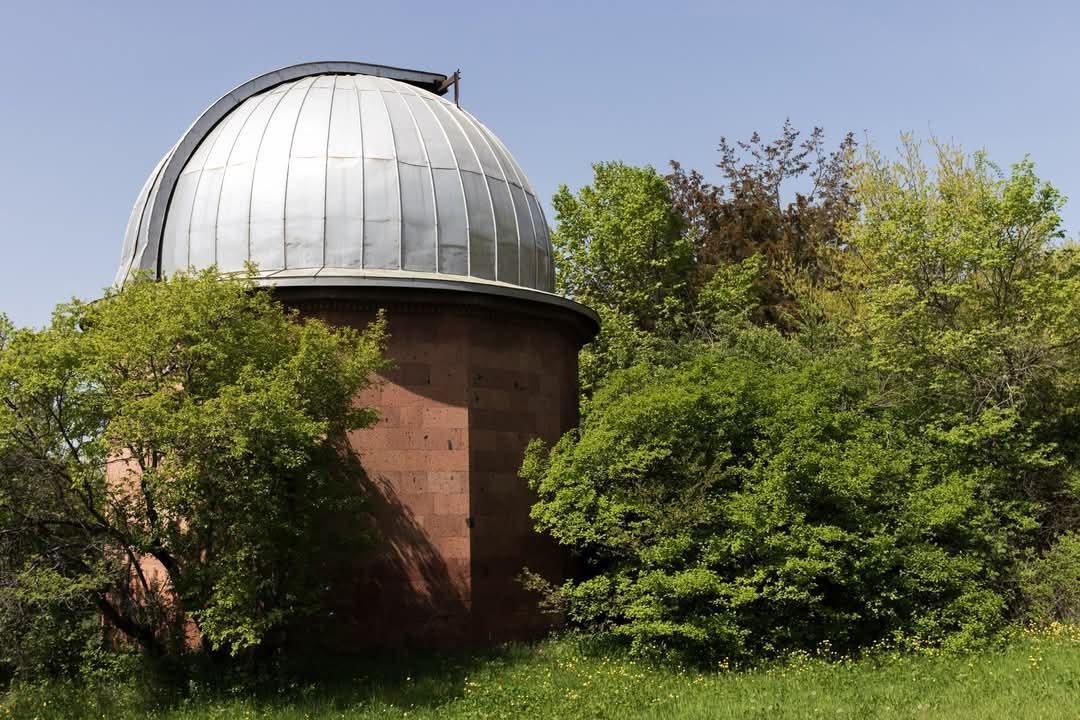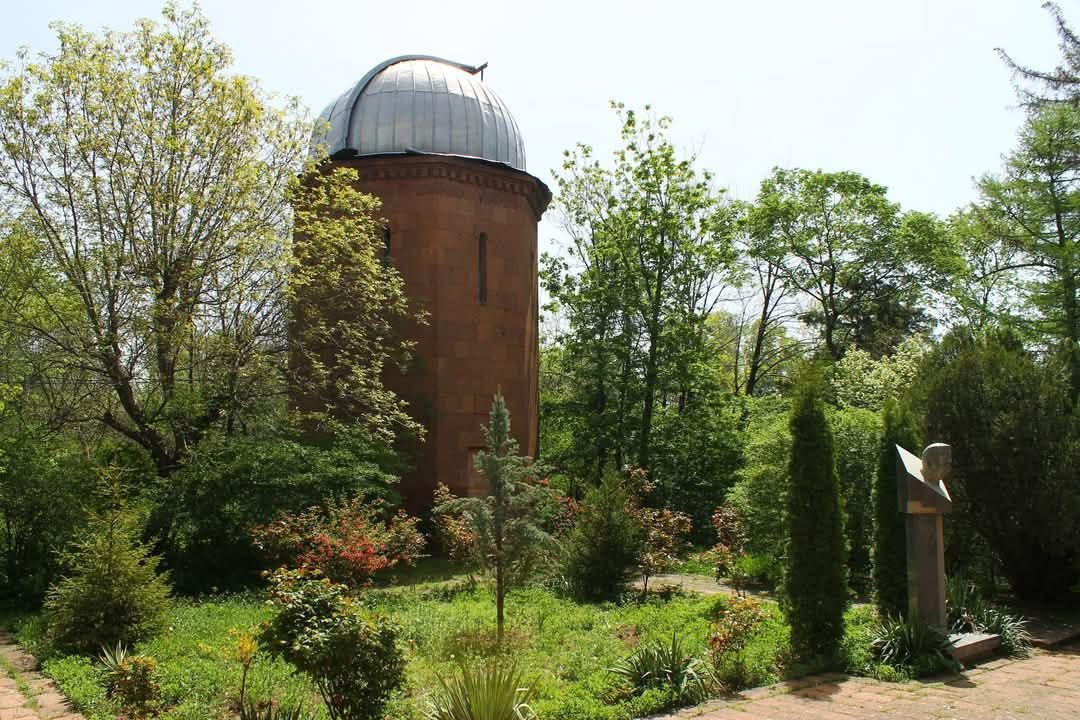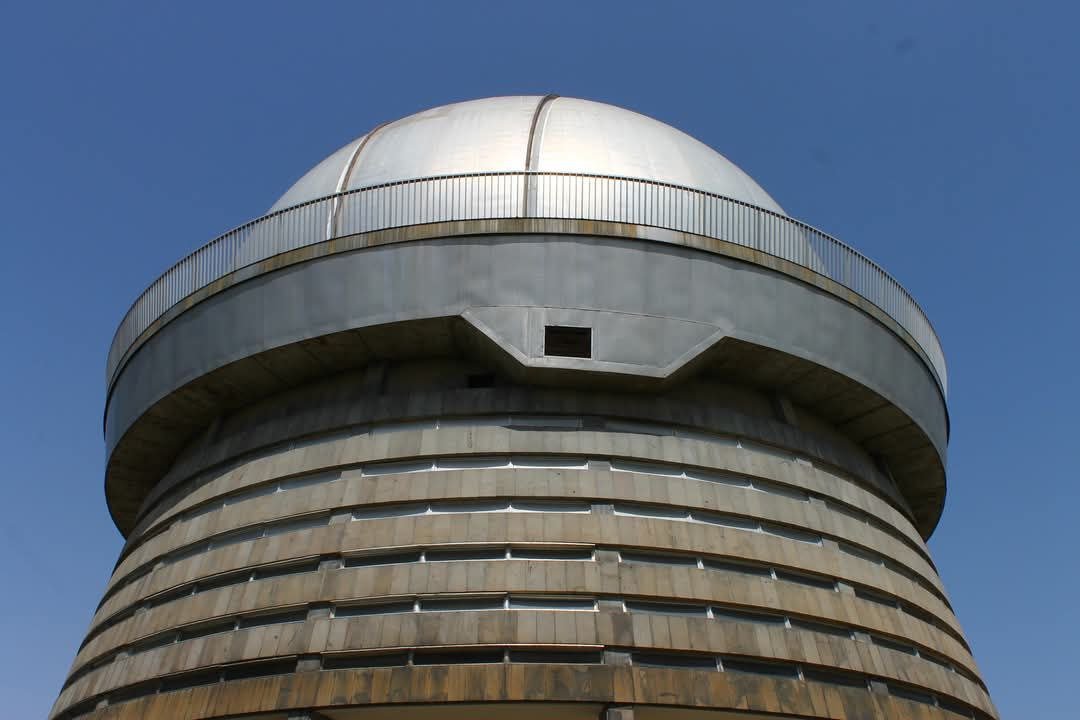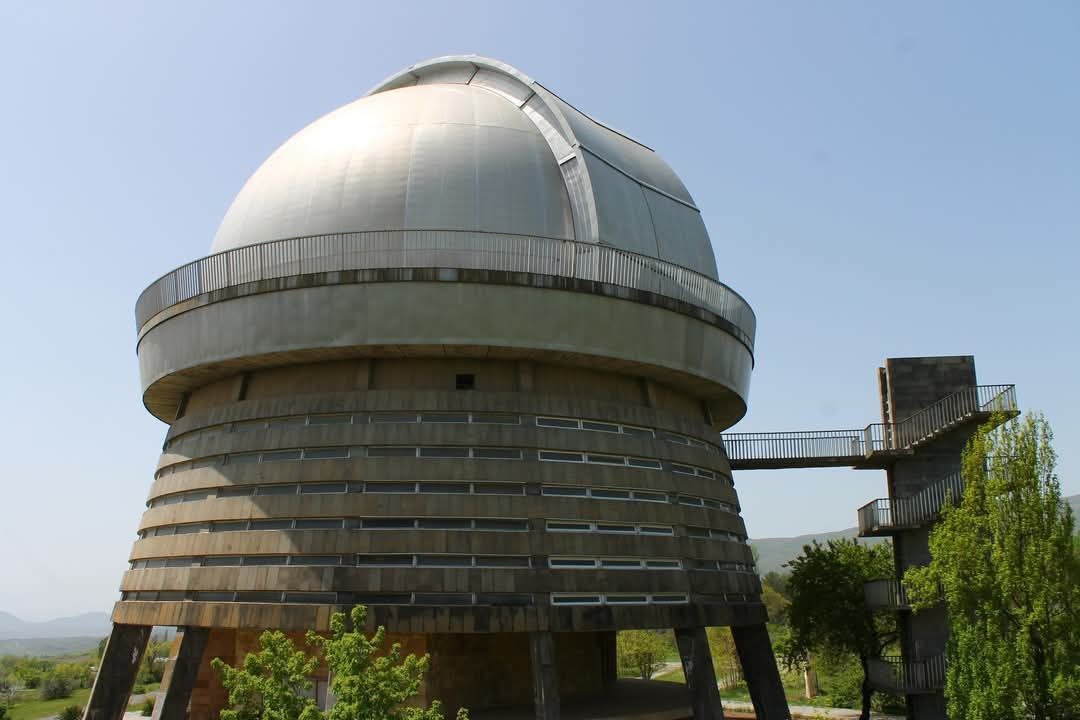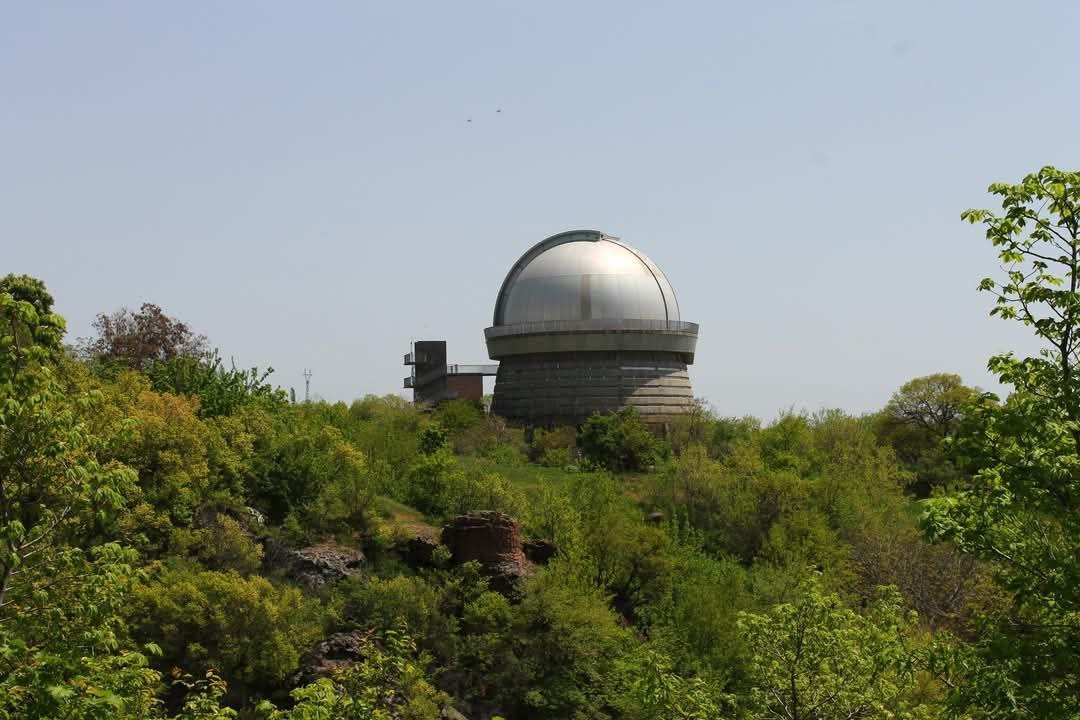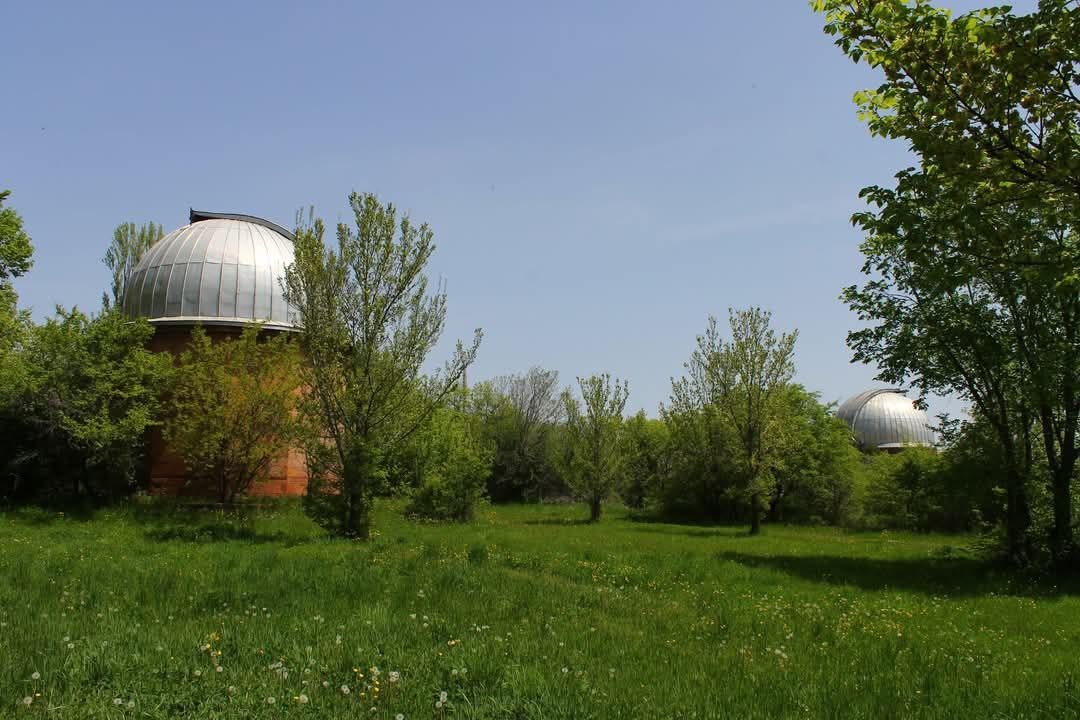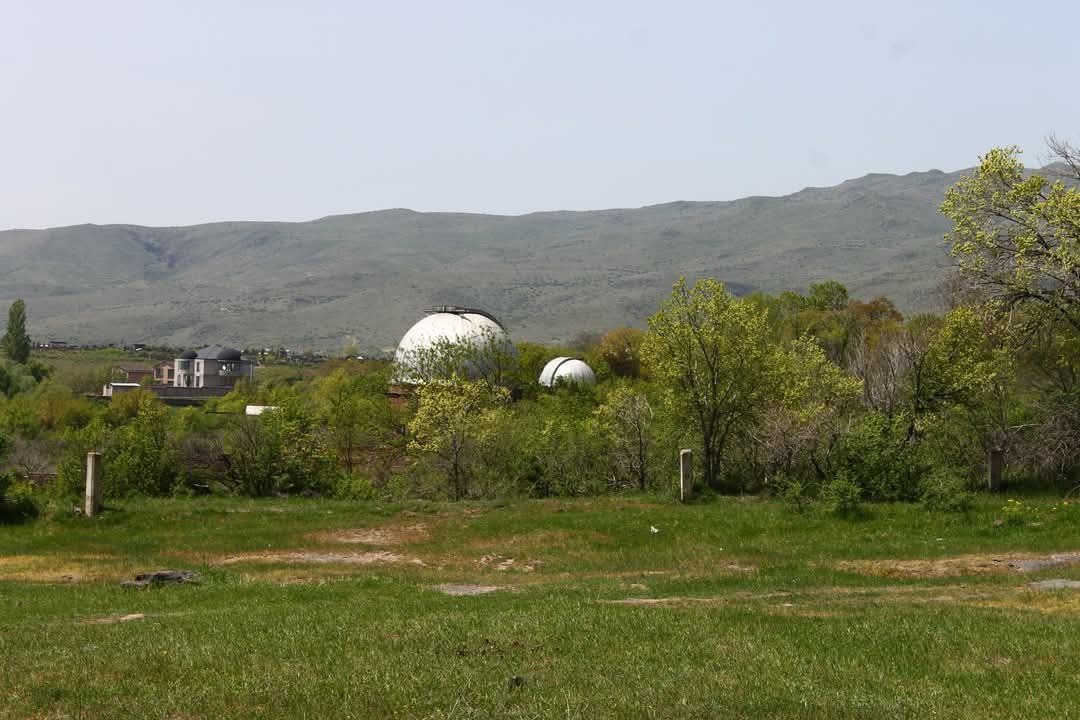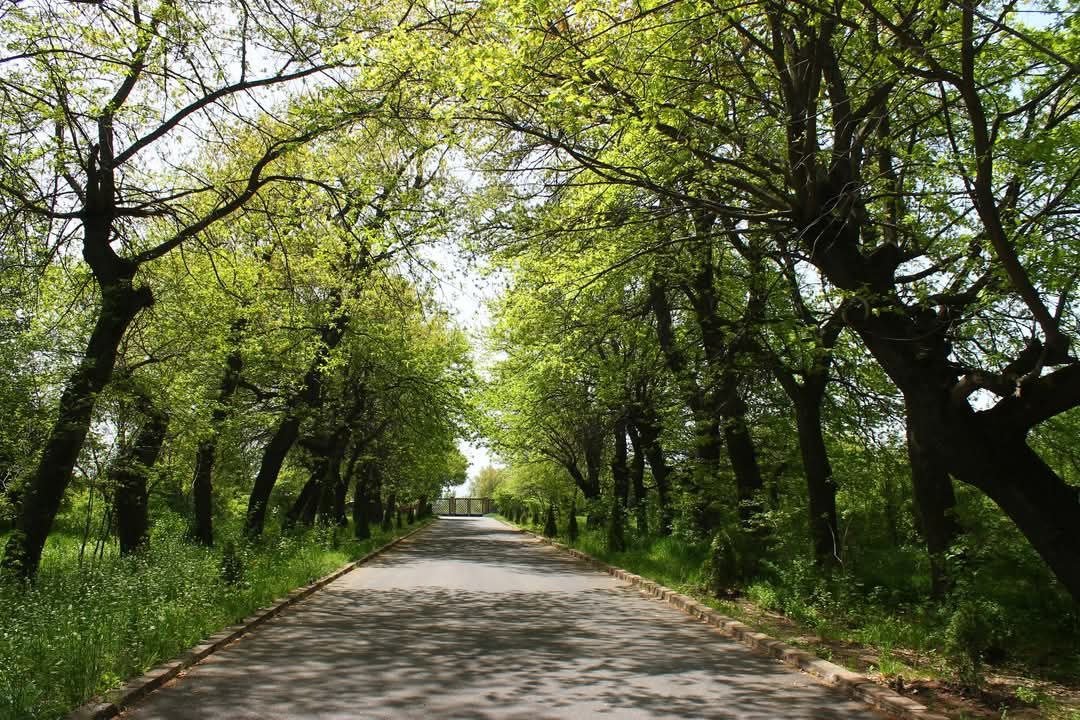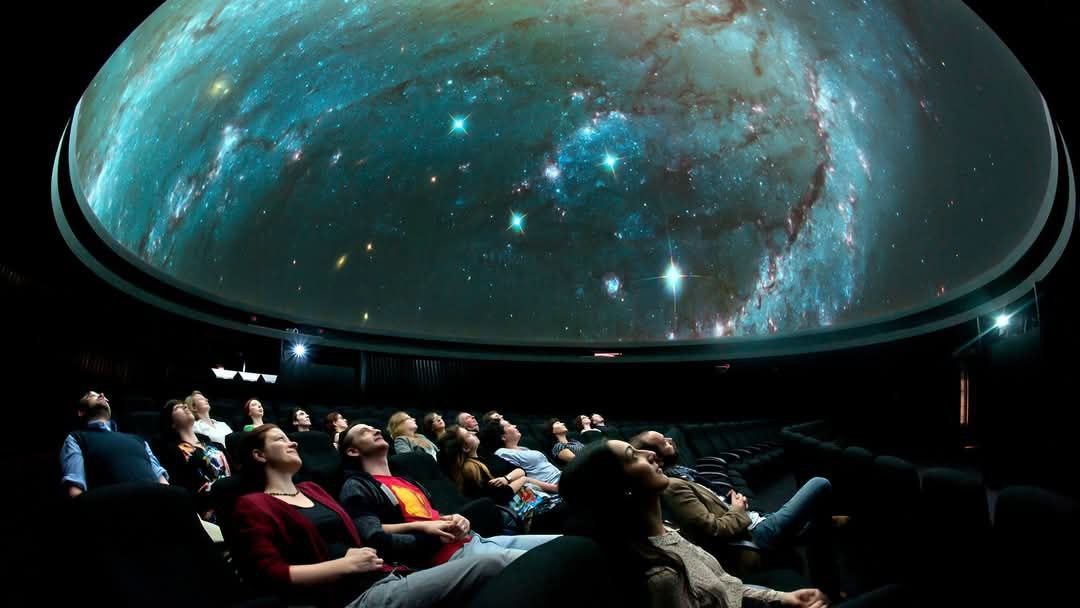WORKING HOURS
Latest Listings
Related Listings
Close To You
Byurakan Astrophysical Observatory

Science Activity
1-3 hours
Easy
Cash, Card, Bank
📍 Location: Byurakan village, Aragatsotn Province, Armenia
📅 Year of Foundation: 1946
👤 Founder: Academician Viktor Ambartsumian
🏛 Governing Body: National Academy of Sciences of the Republic of Armenia
📞 Contact & Booking: observ@bao.sci.am, +374 91 195903
OVERVIEW
Byurakan Astrophysical Observatory, one of Armenia’s scientific landmarks, is a world-renowned research center where humanity’s understanding of the Universe has been expanding for over 75 years. It is considered the largest observatory in the Caucasus region and one of the world’s exceptional scientific centers where a vast number of cosmic objects have been discovered.
HISTORY
The history of modern astronomy in Armenia begins in 1946, when, at the initiative of Academician Viktor Ambartsumian, the Byurakan Astrophysical Observatory was founded. It is located on the southern slope of Mount Aragats, near the village Byurakan, at an altitude of 1,405 meters above sea level. The Observatory became one of the most important institutes of the National Academy of Sciences of Armenia and gradually gained international recognition, becoming one of the leading scientific centers in the entire region.
Under the leadership of Viktor Ambartsumian, a new branch of astrophysics was established in Byurakan, focused on the study of dynamic phenomena in the Universe. Already in 1947, right here, he discovered stellar associations, proving that stars are formed in groups and that this process continues to this day. This discovery radically changed humanity’s understanding of star formation. In the 1950s, Ambartsumian also developed the theory of activity in galactic nuclei, laying the theoretical foundation for the study of active galaxies, which later became one of the main areas of research at the world’s leading observatories. Beginning in 1965, under the leadership of Beniamin Markarian, the First Byurakan Survey was conducted, which resulted in the discovery of over 1,500 galaxies distinguished by ultraviolet radiation excess, later recognized as Markarian galaxies. This survey became one of the largest spectroscopic research projects in the world. Later, the photographic plates from this survey were digitized and became Armenia’s first major scientific digital archive, and in 2011 they were included in UNESCO’s international “Memory of the World” register, recognized as a scientific heritage of global importance.
Byurakan Astrophysical Observatory is renowned not only for its theoretical contributions but also for its technological developments. It was here that the USSR’s first Space telescopes, “Orion” and “Orion-2,” were designed and constructed, which operated in Space during the 1970s. Later, the “Glazar” telescope was also developed here, which operated on board the “Mir” Space station. Byurakan’s 1-meter Schmidt-system telescope is ranked among the world’s largest wide-field telescopes, and the 2.6-meter Cassegrain-system telescope, at the time of installation, was considered the seventh largest in the world. These instruments have been used for decades to conduct scientific discoveries and unique observations.
Byurakan has also served as an international center for scientific conferences. Numerous conferences have been held here, including the world’s first international symposium on the search for extraterrestrial civilizations and communications with them (SETI / CETI), held in 1971. Over the years, many renowned scientists, including Nobel Prize laureates, have visited the Observatory, and a number of symposia of the International Astronomical Union (IAU) have taken place here. Thanks to all of this, Byurakan is ranked among the rare locations-such as Paris, Rome, Vienna, Prague, Rio de Janeiro, and Beijing-that have most frequently hosted official IAU scientific symposia.
ARCHITECTURE
The architectural ensemble of the Byurakan Astrophysical Observatory is a unique example of Soviet-era scientific construction harmoniously integrated into the Armenian landscape. It is not only a place where great science is created but also an artistic environment tailored to the needs of astronomy. The first buildings and telescope towers of the Observatory were designed in the 1940s-1950s by the renowned architect Samvel Safaryan. The structures he created embodied a deep respect for science and a refined reinterpretation of national architectural traditions. He designed not only functional buildings but also an atmosphere that reflected the scientific optimism and aspirations of the era, directed toward the cosmos. In the 1960s-1980s, during the next phase of the Observatory’s development, another notable architect, Sargis Gurzadyan, joined the design process. He continued this scientific-architectural legacy by expanding laboratories, towers, and the complex as a whole, while preserving harmony with the natural landscape and ensuring that the spaces met the needs of modern science.
The Observatory’s buildings are designed for specific scientific functions, such as telescope installation, observation analysis, document storage, and conference hosting. The structures are not adorned with excessive decoration-their strength lies in their clean construction, pure geometry, and maximum functionality.
EDUCATIONAL PROGRAMS
In addition to its scientific activities, the Observatory has always been engaged in public education. It hosts lectures, astronomy summer schools, observation sessions, educational programs, and events for schoolchildren and students. Since 2006, the Byurakan International Summer Schools have been launched, and in 2018 they were recognized by the IAU as one of the top 3 astronomy schools in the world. These events have welcomed young scientists and lecturers from dozens of countries. Since 1998, the Observatory has been called after its founder, Viktor Ambartsumian. In the same year, his house-museum was also opened, preserving the scientist’s manuscripts and scientific heritage.
TOURISM
In recent years, Byurakan Astrophysical Observatory has developed not only as a scientific center but also as a primary destination for astronomical tourism in Armenia. A variety of visit packages are available, designed for individual travelers, schoolchildren, students, science enthusiasts, and even participants of international conferences. The following tourism and educational services are offered to visitors:
Excursions
Professional guided tours are organized at the Observatory, where visitors can learn about Viktor Hambartsumyan’s work, the scientific history of the Observatory, its operating telescopes and towers, as well as visit the library, laboratories, and Ambartsumian’s house-museum.
Stargazing
When weather conditions permit, especially during spring, summer, and autumn evenings-visitors have the opportunity to observe celestial bodies in real time, including stars, planets, nebulae, and galaxies. These observations are conducted under the guidance of experienced astronomers.
Lectures and Popular Science
BAO specialists organize popular science lectures for visitors. These are intended for tourists, school groups, and university students alike. Often, the lectures include historical overviews, theoretical foundations, and interactive dialogue between the expert and the audience.
Summer Schools and Camps
Byurakan is also known for its international summer schools, where not only young professional astronomers participate, but educational camps are also organized for schoolchildren and students. During these events, participants engage in observations, carry out small research projects, attend lectures, and enjoy star-filled nights on the slopes of Mount Aragats.
School and Student Group Visits
The Observatory welcomes pre-registered school groups, offering themed tours, gamified science lessons, simulations, and hands-on experiments-designed to be accessible and inspiring for children.
Cultural and Environmental Tours
The Observatory’s garden is officially recognized as an arboretum, allowing the combination of scientific tourism with elements of ecotourism. Visitors can enjoy nature walks, picnics, and field studies here.
Space & Photography
For fans of night photo tours, Byurakan is a unique destination-combining beautiful nature, clear skies, and observational technology. Photography expeditions are often held here under the guidance of professional photographers.
Today, the Byurakan Astrophysical Observatory continues to hold a leading position in the fields of astrophysics and public science education. It is considered one of the central hubs for scientific tourism in Armenia and stands as a truly exceptional place where science, culture, nature, and education intertwine-creating a breathtaking opportunity to connect with the cosmos.
Facilities
Features
Nearby
Also known as the Herouni Mirror Radio Telescope (ROT54), this massive Soviet-era scientific structure in Orgov is one of the largest and most unique telescopes in the world, once used for both radio and optical astronomy.
Aghdzk is home to the royal mausoleum of the Arshakuni dynasty (Arsacid kings of Armenia). The site includes basilica and remains of the ancient necropolis, offering a rare window into Armenia’s early royal history.
Located high on Mount Aragats near Kari Lake, this area includes the Aragats Space Environmental Center (ASEC), a unique high-altitude research station studying cosmic rays and space weather. The lake and surroundings offer incredible alpine beauty and scientific heritage.
Another beautiful 13th-century monastery located along the same gorge as Saghmosavank. Known for its cross-stones and medieval inscriptions, Ohanavank provides an enriching cultural and architectural experience.
An open-air tribute to the Armenian alphabet, this park features 39 giant stone letters of the Armenian script. Located near Oshakan, it’s a perfect family stop blending language, culture, and landscape.

